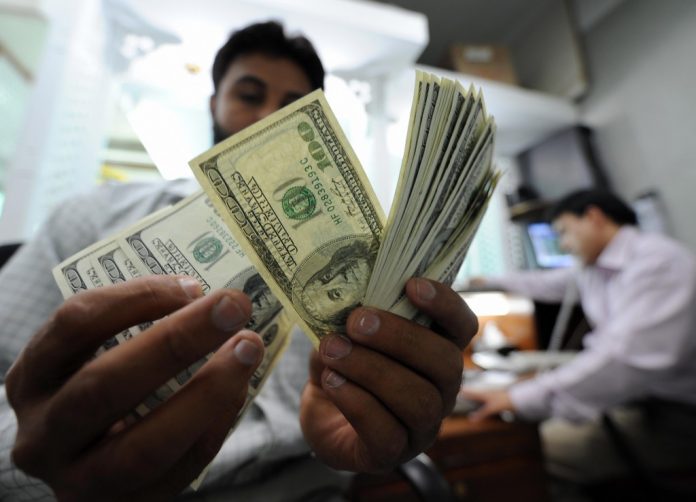The Ministry of Finance has said that the government measures announced recently to boost remittances have paid off as remittances have already touched $17 billion level during the first nine months of the current fiscal year (Jul-Mar, FY2020) against $16 billion last year, registering a growth of 6.2%.
This trend shows that apprehensions and estimates as reported recently in the media with regard to estimates of the World Bank that there will be no inflows of remittances from March onwards, are highly unrealistic and on the basis of current trend in remittances and estimated COVID-19 impact, the figure of remittances inflows is expected to reach $20-$21 billion in FY2020.
The Finance Division has noted that in order to encourage and facilitate the overseas Pakistanis to send their remittances through official banking channels, various initiatives have already been taken by the government which include the following:
The prevailing rate of Telegraphic Transfer (TT) charges has been enhanced from SAR 10 to SAR 20 for transactions between USD 100-200. It would cost an additional amount of Rs 3 billion to the government.
The existing incentive scheme for the marketing of home remittances i.e PKR 01 against USD 01 of remittance amount beyond 15% growth over last year may now be based on tiered growth i.e Rs.0.50 on 5% growth, Rs.0.75 on 10% growth and Rs.01 on 15% growth. It would cost an additional Rs.600 million to the government.
To leverage home remittance customers and encourage them to use banking channels, withholding tax will be exempted from Jul 1,2020 on cash withdrawal or on issuance of banking instruments and transfers from a domestic bank account to the extent of remittances amount received from abroad in that account in a year. The Federal Board of Revenue (FBR) has been requested for amendment in Income Tax ordinance through finance bill.
A ‘National Remittance Loyalty Programme’ will be launched from September 1,2020 with collaboration of major commercial banks and government agencies through which various incentives will be given to remitters through mobile apps and cards.
Technical Supplementary Grant of Rs.9.65 billion to reduce the lag time from 12 to 6 months in reimbursement of TT charges to banks on home remittances. Besides the above measures, the present government has improved its diplomatic relations with the Gulf states which helped to restore the confidence of foreign employers in Pakistani workforce. Resultantly, export of manpower has been increased to Rs 491.854 during Jul-Feb, 2020.
The Finance Division has also pointed out that while the media reports quote the World Bank as projecting 23pc decline in remittances, totaling about $17 billion in 2020, “compared with $22.5 billion in 2019, due to the economic crisis induced by the Covid-19 pandemic and shutdown as well as decline in oil prices”. However, in reality, the remittances inflows during FY2019 stood at $ 21.7 billion instead of $22.5 billion.
The Finance Ministry has further maintained that the WB estimates are based on unrealistic facts without considering the government’s efforts to give a boost to remittances during the current fiscal year. There is no doubt that COVID-19 has created multiple economic challenges owing to lockdown, a slowdown in business and declining oil prices, hence, it may also slowdown inflow of remittances. The magnitude of pandemic impact on remittances is, however, dependent on the intensity and duration of COVID-19. It seems that the World Bank has taken a hypothetical worst-case scenario without considering ground realities.




